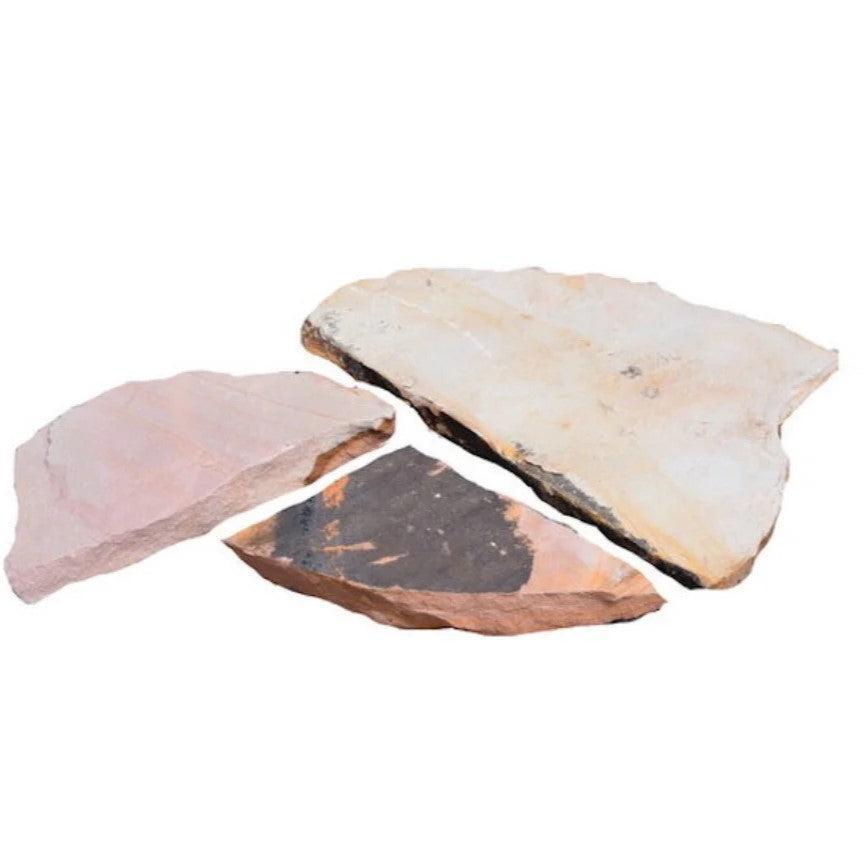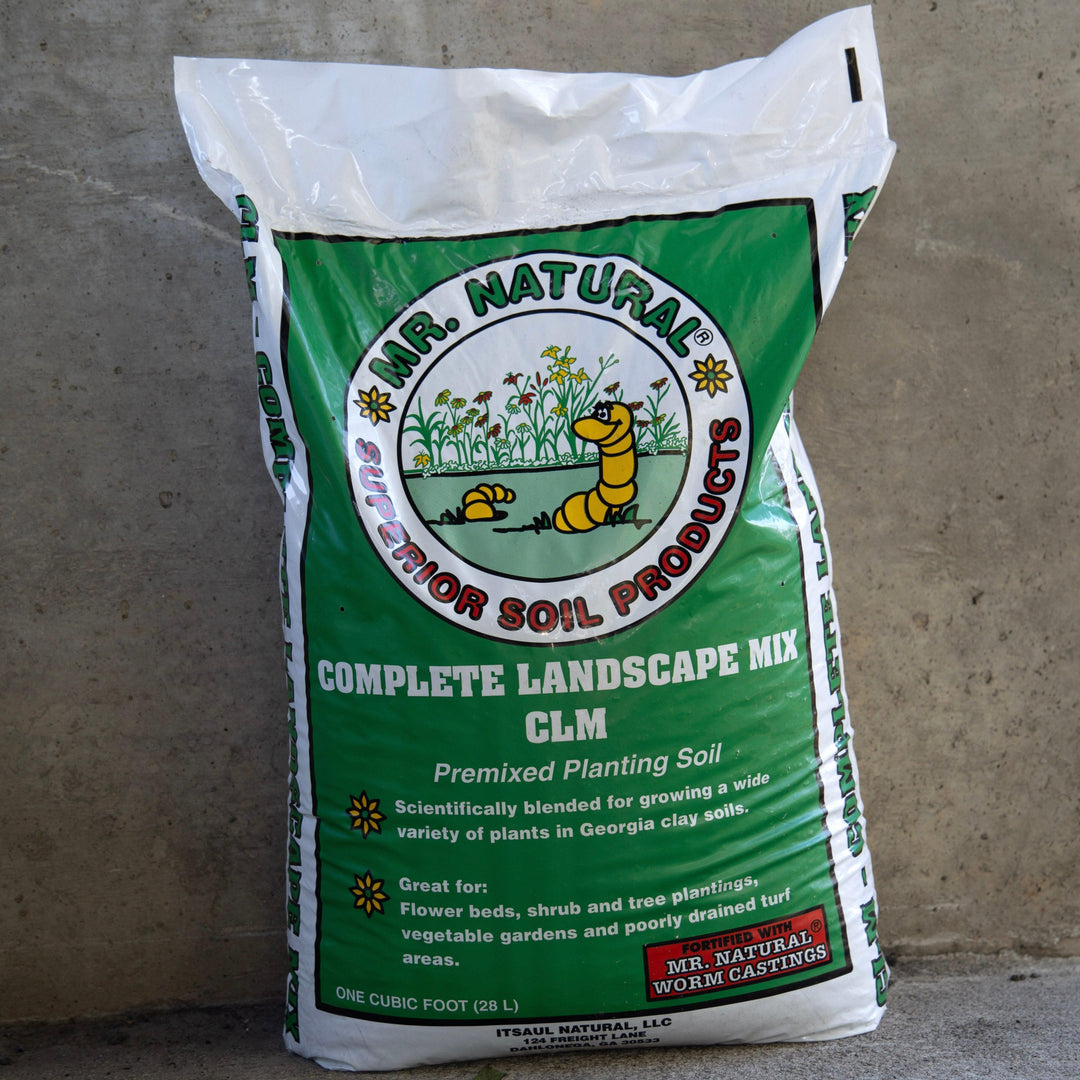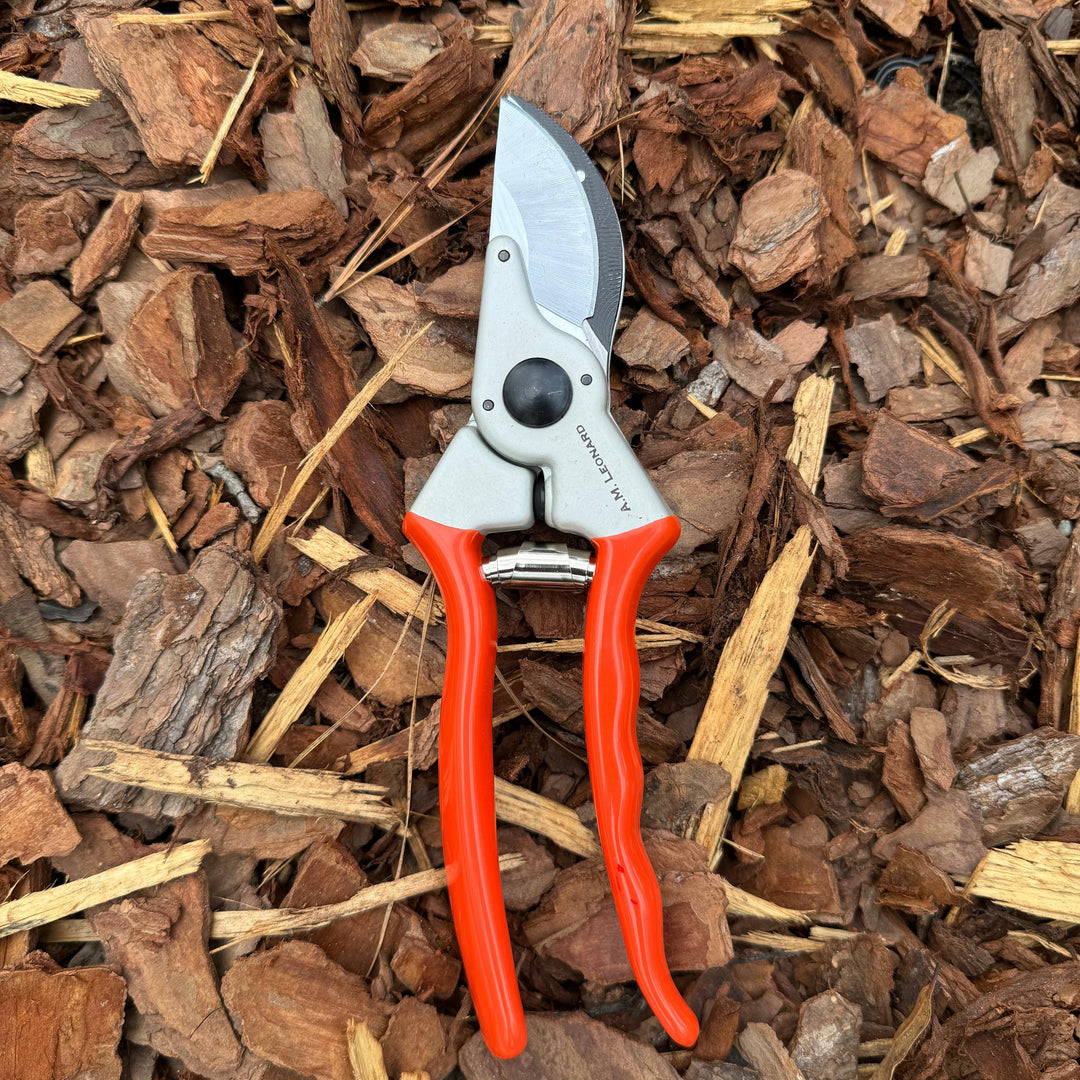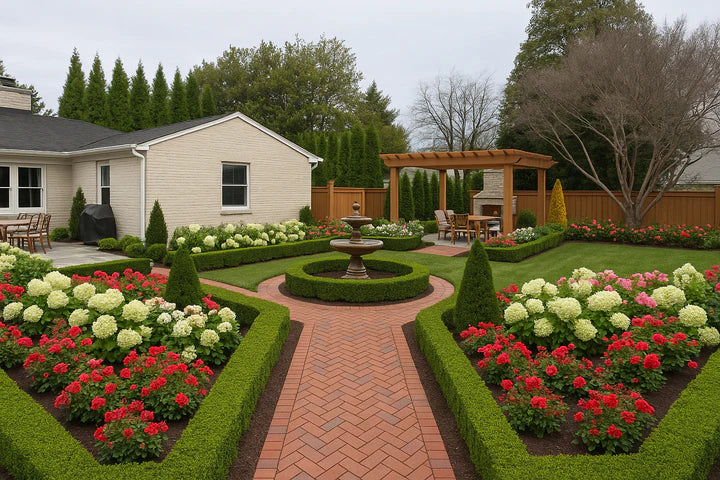The Elliot Pecan tree is a large, deciduous tree that can reach a height of 70 to 100 feet with a spread of 40 to 75 feet. It has a spreading canopy and dark green, pinnately compound leaves that turn golden yellow in the fall.
One of the notable characteristics of the Elliot Pecan is its excellent nut quality. The nuts are medium to large in size with a thin shell and a rich, buttery flavor. They are highly prized for eating fresh, baking, and cooking.
When it comes to growing conditions, the Elliot Pecan thrives in full sun and well-drained soil. It requires regular watering, especially during dry periods, to ensure optimal nut production. Pruning may be necessary to maintain its shape and promote healthy growth.
It's worth noting that pecan trees are typically cross-pollinated, so having another compatible pecan variety nearby is beneficial for optimal nut production. The Elliot Pecan is often used as a pollinator for other pecan varieties due to its early pollen shedding.
|
Type: |
|
|
Origins: |
South Central N. America |
|
Height: |
70’ - 100’ |
|
Spread: |
60’ - 70’ |
|
Spacing: |
65’ |
|
USDA Hardiness Zone: |
6 - 9 |
|
Culture: |
|
|
Bloom Color: |
Green |
|
Season of Interest: |
MAINTENANCE NEEDS: Low maintenance. Difficult to transplant due to taproot. Large trees can produce considerable litter with twigs, leaves, and nuts. No serious disease or pests. Hickory bark beetle, pecan weevil, borers and twig girdler can be problems in some areas. White heart rot, anthracnose, leaf blotch, powdery mildew, leaf spot, cankers, catkin blight, crown gall and scab are occasional diseases.
LANDSCAPE USES: Specimen planting or mass plantings, Woodland Garden, Naturalized Areas, Native Garden, and Shade Tree.
COMPANION PLANTS: Yellow Birch, Oakleaf Hydrangea, Bottlebrush Buckeye
IMAGES: Forest and Kim Starr, starr-110601-6042-Carya_illinoinensis-habit-Keokea-Maui, (2) Lars Plougmann, Spring is here, (3) Judy Baxter/U.S. Department of Agriculture, 85058891 156b313898 z - Flickr - USDAgov, CC BY 2.0
*As plants have ranges in appearance they may not appear as the images shown.

























































